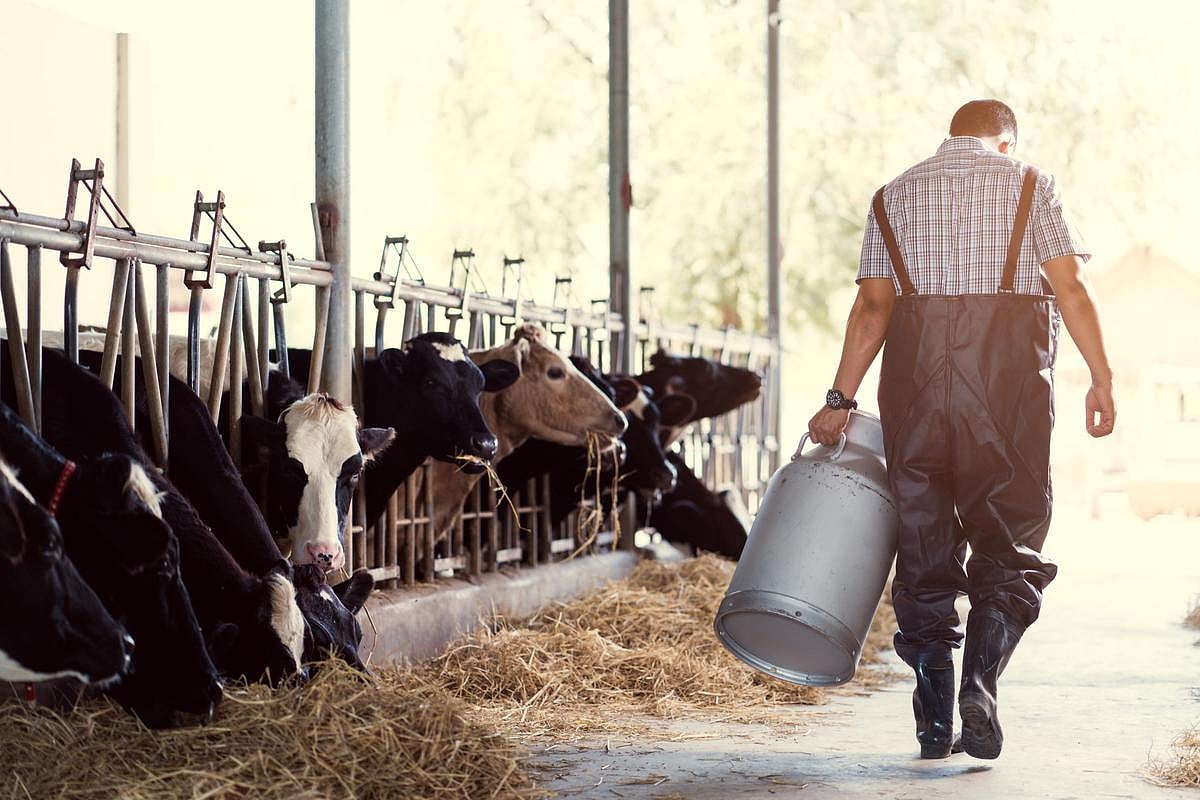Get Healthy!

- I. Edwards
- Posted August 6, 2025
Bird Flu May Spread Through Air, Wastewater on Dairy Farms
The bird flu virus that has been spreading among dairy cows may travel through the air and wastewater at farms, not just from milking equipment, a new study finds.
Researchers say this could put cows and workers at greater risk, even when no one appears sick.
“There is no one way" this virus spreads, lead author Seema Lakdawala, a virus expert at Emory University in Atlanta, told The New York Times.
The study, which should be regarded as preliminary because it has not yet been peer-reviewed, looked at 14 dairy farms in California, where bird flu was reported in late 2024 and early 2025.
Scientists collected samples from the air, milking machines, wastewater and cows. They found live virus in the air of milking parlors or enclosed areas where cows are milked.
They also found traces of the virus in the breath of infected cows, in contaminated water and on milking equipment.
“There’s tons of aerosols being generated during the process of milking,” Lakdawala explained.
Experts previously thought the virus, also known as H5N1, spread mostly from dirty equipment or human contact. But this study and others show that may not explain all cases.
Lakdawala’s team found cows with no visible symptoms who were still infected, meaning the virus may be spreading silently through herds.
So far, the bird flu virus has reached more than 1,000 herds in 17 states, including many in California, data from the U.S. Department of Agriculture (USDA) shows. It’s also infected dozens of people in the U.S., causing numerous hospitalizations and one death.
The virus seems to concentrate in cow’s milk, especially that from sick animals. That milk becomes thick and yellow, according to the study.
Because milking machines are used quickly on many cows, they can carry the virus from one animal to the next. But in some studies, cows exposed only to infected equipment didn’t always get sick.
The new research suggests that tiny droplets of milk in the air might be yet another way the virus spreads.
Some farmworkers may have gotten infected when milk splashed into their eyes or faces, researchers said. Cats that drank contaminated milk have also gotten very sick, and many died.
Experts say these milking rooms are often hot and humid, so many workers tend to avoid wearing masks.
But even face shields can help reduce the risk of getting sick, Lakdawala told The Times.
“We’re going to have more human infections perpetually,” she added.
“It could create something that is going to be quite dangerous in a few years,” Lakdawala added.
So far, most infected Americans haven’t become seriously ill. That may be because many people have some protection from past flu viruses, including H1N1.
Still, young children and people with weak immune systems may be more vulnerable to severe illness, said Troy Sutton, a flu expert at Pennsylvania State University.
Other experts say more attention may be needed this fall, when bird migration begins again and the risk of spread grows.
Findings from the California study were posted Aug. 2 on the preprint server bioRxiv.
More information
The U.S. Centers for Disease Control and Prevention has more on bird flu.
SOURCES: The New York Times, Aug. 4, 2025; bioRxiv, Aug. 2, 2025






